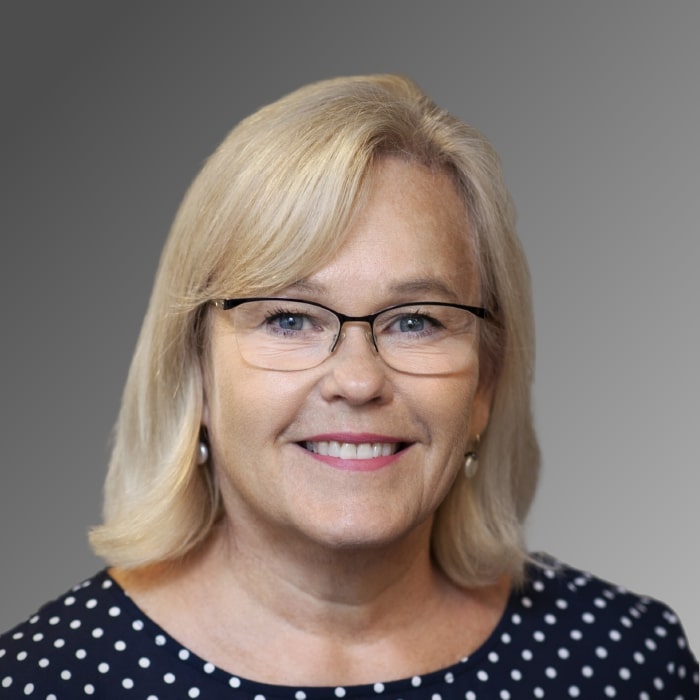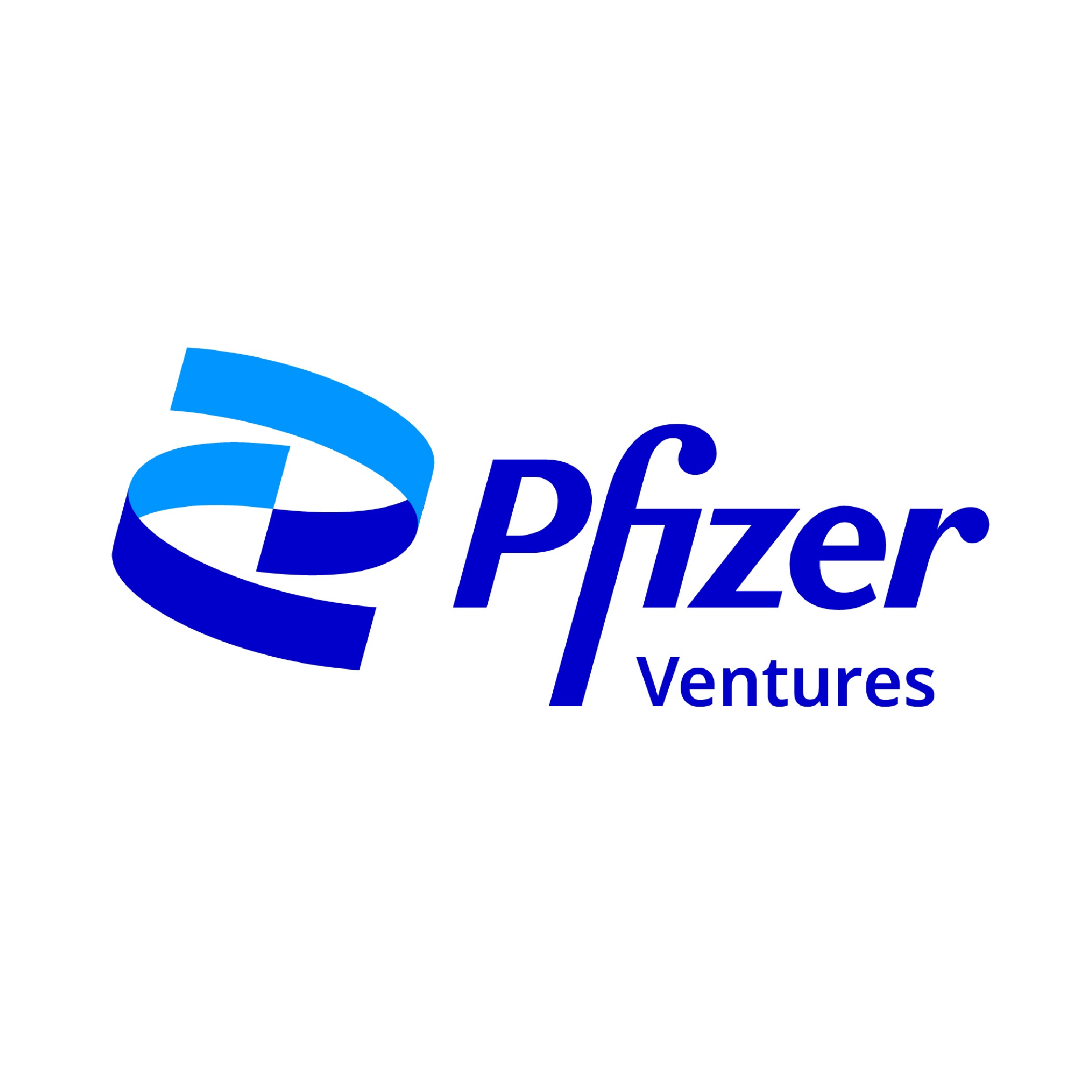Legacy in Innovation: GCV Institute’s 15-Year Impact and Shaping the Next Wave of
May 14, 2024
Interviewed by Nicolas Sauvage on November 15, 2021
Liz Arrington is uniquely qualified to comment on the state of the corporate venture capital industry and the best practices organizations should adopt to give themselves the best chance for success. From an impeccable financial industry education (bachelor’s degree from Harvard and MBA from UPenn’s Wharton School) to an extended stint at CVC strategy consultant Bell Mason Group, she wrote the books on CVC operations: The Venture Imperative (with Heidi Mason) and Corporate Venturing: A Survival Guide (with Mason and James Mawson).
Background
Every step in Liz’s career progression brought her ever closer to her current role as co-founder and managing director of the Global Corporate Venturing Institute, she explained to the Corporate Venturing Insider audience and host, TDK Ventures President Nicolas Sauvage. After leaving Wharton, she took her first job at Mitsubishi in Silicon Valley. Her main mandate was to build effective engagement strategies with technology startups as both partners and investors. She excelled in mapping an ecosystem and establishing connections with VCs, disruptive technology marketing gurus, and contract product developers.
When the opportunity came to represent Bell Mason Group and Regis McKenna in the Asia-Pacific region, she packed up and moved to Singapore. It was there that she worked with a UK channels consultancy to develop a corporate venturing practice that licensed the Bell Mason methodology to VCs in Australia and New Zealand. Working with several startups rubbed off, and she took the role of vice president of strategy for a Singapore-based VC bank, which seemed destined for success until the internet bubble burst and the financial crisis of the late 2000s gripped the world.
“I decided it was time to come back to California where I rejoined forces with Heidi Mason and the Bell Mason team working with corporates to build venturing and innovation programs,” Liz said. “But it wasn’t really until after the financial crisis…that we started to see the potential for corporate venturing to finally emerge as a mainstream component of corporate innovation strategy.”
Liz emphasizes the integration of investment and partnering as crucial for both portfolio financial performance and strategic impact. The post-meltdown period also witnessed the development of corporate venturing-specific operating platforms, including legal structures, end-to-end investing processes, and agile governance.
GVC Institute
To respond to this maturation of CVC, Liz drew on her extensive experience to co-found the Global Corporate Venturing Institute in 2020. Her mandate was clear:
“We had two consistent messages from the corporate venturing community,” she explained. “Everyone agreed that corporate venturing has become a mainstream weapon in the corporate innovation arsenal and an influential global ecosystem player. But there was a high level of concern that (while) parents get this, they don’t really understand how corporate venturing works and the roles they could and should play.”
The industry owes much of this maturation to the concepts, research, and processes developed by Bell Mason, which Heidi Mason and Liz described in The Venture Imperative.
As the first institute dedicated to corporate venturing industry advancement, staying power, and innovation ecosystem impact, the GCV Institute focuses on professional development and certification, benchmarking, and the establishment of communities of practice. These goals have been “enabled by professionalization across a range of specialist…investment roles and partnering or portfolio development roles,” Liz said. “Both are critical to addressing both parent partners and the startup in the VC ecosystem. It’s a lot harder than the institutional VC job. Retention of successful teams is a key success factor. “
She said she plans to evaluate how to expand the current curriculum to include industry-informed, roles-based certification. The institute also “combines GCV’s finger-on-the-pulse-of-the-community, Bell Mason Group’s corporate venturing expertise, and specialists from the Center for Creative Leadership who really understand how to do adult education,” she said.
With the institute furthering the CVC industry’s professionalization, students and early-career workers have started to think about embracing it as a career path.
“I think that’s been long to evolve and corporate venturing has either been a silo to the side or a rotational resume brightener,” Liz said. “I think that really inhibited the development of corporate venturing as a practice because it’s such a networking game and there’s so much institutional knowledge that’s required.”
Ensuring CVC Longevity
Institutional knowledge outlives any change in executive leadership, and an understanding of CVC’s contributions to the parent company’s innovation, evolution, and ultimate success must also survive disruption in the C-suite. It’s a mission Liz and GCV Institution are eager to accept.
“How do we ensure that (a CVC initiative) lasts through two executive rotations?” she said. “How do you both set yourselves up to align the charter with the parent strategic objectives but also take an end-to-end investing approach that wires the program into the corporation at multiple levels?”
The aim is to create critical connections not just at the executive level but also at the operational level so that if there’s a strategic pivot or if the executive sponsor leaves, the CVC team does not have to start from scratch to build new relationships.
This appreciation and acceptance of CVC’s niche took hold during a “golden wave” following the financial crisis, Liz said.
“It’s a (result) of the parents’ recognition that this is something that they absolutely need to do, that they need to embrace the innovation from the startup community and be positioned to adopt and take advantage of it.”
Despite mainstream business acceptance, CVC initiatives still face formidable internal resistance to projects with such a long-term ROI horizon. Objections to committing funds for CVC investments naturally grow stronger in lean economic times, she said. CVC leaders must defend against these “business antibodies” that scramble to kill any project they see as invasive or threatening to the corporate’s next balance sheet.
“Certainly there is always going to be some level of existing business antibodies when you introduce something new that doesn’t contribute to this quarter’s business performance, or that may be perceived as being higher risk and drawing valuable assets away from current business priorities,” Liz noted. “So, it’s really all about being able to both sell the vision and the promise of what the corporate venturing program can provide beyond what the existing business is currently doing or looking at. But it’s also being able to ensure that while it’s different and potentially higher risk and longer lead time, that doesn’t mean that it’s not rigorous that there’s not a structured and risk-sensitive approach to making these investments.”
Teamwork
Liz contends that high-performance programs align their investment and business development teams to create a single pipeline that incorporates the strengths from both sides of the coin.
“The combined team looks at what happens in each stage from the development of investment themes all the way through to parent engagement and what role and contributions each team can make to the process and what each team gets from one another,” she explained. “
The GCV Institute plays a pivotal role in educating teams, fostering a common language, and facilitating collaboration throughout the corporate venturing process. It shows organizations how, like a championship sports franchise, they can assemble a fundamentally sound team whose skills complement and augment each other to account for all the attributes required to win consistently.
“It’s not just about the investors, but it’s also about the corporate venture business development, the portfolio development professionals,” Liz explained. “The parent really has a shared responsibility for delivering the impact of strategic mentoring. So in order for a program to be really successful, it needs to be able to link all of these pieces together.”
She cited In-Q-Tel, whose Senior Partner and Managing Director Eileen Tanghal was a previous CVI guest, as an example of a stellar investment team and strong processes.
“They have a very large portfolio development and technical-support team. And they sign up their parents to be part of the team and force them to dedicate individual contact points to contribute money and actually have a letter of intent with the parent.”
Interestingly, she believes that arriving at the right combination of professionals can take several paths, often involving talent from within the parent and from outside CVC environments. This can ensure the organization covers all components of an end-to-end investment strategy. The role each member will play may determine the optimal background and viewpoint they should bring to the position.
“Two-thirds of investment professionals come from the outside,” Liz noted. “They bring that expertise, but they need to come in and learn about the parent. On the other hand, people who come in through the portfolio or the corporate venture business, development side, often come from the parent, and they may or may not stay in that role.”

 Corporate Venturing should remain a vital tool in corporate innovation, expanding its influence globally as a key player in the innovation ecosystem. Since the dot-com bust, it has become more “professional,” with the development of corporate venturing-specific operating platforms, legal structures, end-to-end investing processes, and agile governance.
Corporate Venturing should remain a vital tool in corporate innovation, expanding its influence globally as a key player in the innovation ecosystem. Since the dot-com bust, it has become more “professional,” with the development of corporate venturing-specific operating platforms, legal structures, end-to-end investing processes, and agile governance. 



















